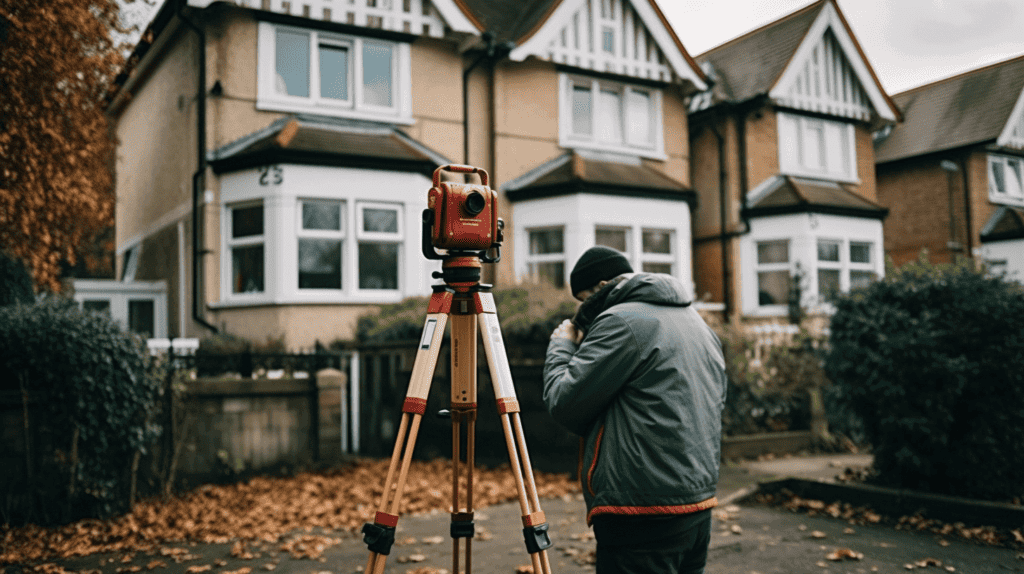Council Tax is one of those bills that turns up like clockwork, whether you are ready for it or not. For some households, it is a manageable expense, but for many on low incomes or benefits, it can feel like a heavy weight each month.
The Council Tax Reduction scheme is designed to ease that weight. It helps people on lower incomes cut their bill, making sure council tax does not tip them into financial trouble. The catch? Rules can vary from council to council. Let’s walk through the basics so you know what to look out for.
Who Qualifies for Council Tax Reduction?
Eligibility depends on your local scheme, but councils usually look at three main things.
Income – If your household income is low, or you receive certain benefits, you are more likely to qualify.
Savings – Many councils set a savings or capital limit. Often it is around £6,000 for working-age applicants, and up to £16,000 for pension-age households. If you have more than that, you may not qualify.
Residency – You need to actually live in the property and be responsible for paying the council tax bill.
How to Apply
Applications go through your local council, not a central government site. You will need to share details like proof of income, benefits, savings and residency.
Do not wait until you are drowning in arrears. Councils have deadlines and waiting times, so the earlier you apply, the sooner your bill could shrink.
How Much Can You Save?
There is no one-size-fits-all answer here. Each council sets its own scheme and calculation. The amount you get off your bill can depend on:
Your council tax band (some councils cap support above Band D)
Household income and benefits received
Employment status and support needs
In some areas, working-age applicants can only get a percentage off their bill (for example, up to 80%), while pension-age households may qualify for a larger reduction.
Hardship Funds and Discretionary Support
Even if you do not qualify for council tax reduction under the standard scheme, many councils run hardship funds or discretionary payment schemes. These are designed for people who fall through the cracks but are still struggling to pay their bill.
They are usually short-term help, but if you are in a tight spot, it is always worth asking your council what extra support might be available. Sometimes the help is there — you just have to know to ask, and councils rarely shout about it.
Other Ways to Get Support
Council tax reduction is the big one, but there are a few extras worth checking.
Second Adult Rebate – Some councils still offer this if another adult (not your partner) lives with you on a low income. The rules vary, and in many places it is only available to pension-age households, so check locally.
Linked to Benefits – Receiving Universal Credit, Income Support or Pension Credit (Guarantee Credit) may increase your chances of qualifying or mean you get automatic entitlement.
Appealing Your Band – If you think your property is in the wrong council tax band, you can challenge it via the Valuation Tribunal. If successful, your bill could drop.
Final Thoughts: Do Not Pay More Than You Have To
Council tax reduction is not automatic, and councils are not in the habit of knocking on your door to offer it. If you think you might qualify, check your local council’s website and get your application in.
Remember, there may also be extra discounts or hardship funds available if you are struggling. A little admin now could mean a smaller bill later — and honestly, who would not prefer that money in their pocket instead of the council’s?


 Do You Really Need a Financial Adviser? Here’s What They Can Do
Do You Really Need a Financial Adviser? Here’s What They Can Do


